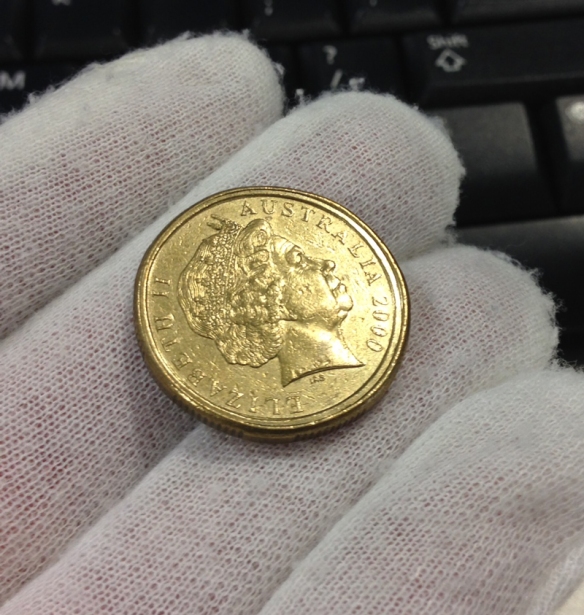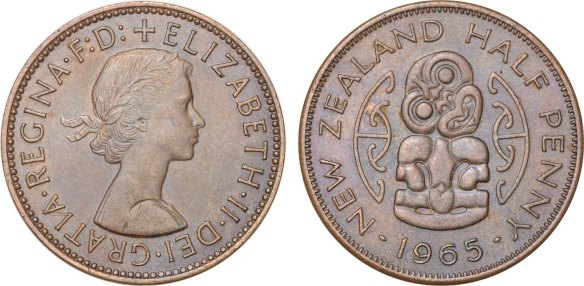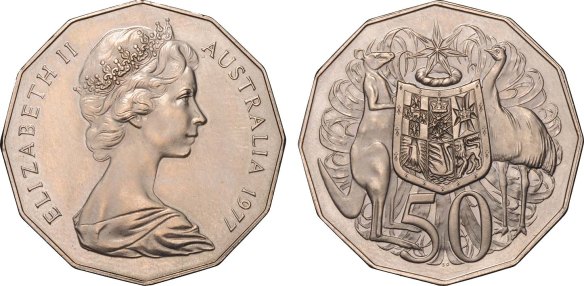The following was penned by Downies employee Jimmy…
If you read my previous blog post – on the incuse Millennium 50c I found in my change – you would be aware that I have only worked at Downies for a short period of time. Before this, I had only a slight interest in coins, but not much more than occasionally noticing an interesting one in my change, and setting it aside.
I never really bothered looking up information, such as mintage figures, or design details. However, as I mentioned in my last blog, I started flipping through the pages of my Maccas guide just after I started working here, and discovered that there was a lot more to our everyday money than a few random coins with different designs.
One of the more appealing circulating coins I mentioned in my previous blog is the 2000 $1/10c Mule. What exactly is this coin, I hear you ask? Well, for those that don’t know, a ‘mule’ is a coin struck with obverse and reverse dies that were not meant to be paired together. In this case, the coin was created using the reverse die of a 2000 $1 coin and the obverse die of a 2000 10c piece. This results in a double ring on the obverse side, as seen in the picture below.
 Now, unfortunately, I didn’t find this coin in my change. This is one of two examples we have in stock here at Downies. The chances of finding one in change are remote indeed. Maccas listed the mintage at 400 until 2010, when it was changed to “unknown”. Many people have attempted to estimate the mintage, with figures ranging from 400 to 6,000 thrown about, but it seems unlikely that we will ever be sure about the actual number struck. There is no doubt, however, that this coin is extremely rare!
Now, unfortunately, I didn’t find this coin in my change. This is one of two examples we have in stock here at Downies. The chances of finding one in change are remote indeed. Maccas listed the mintage at 400 until 2010, when it was changed to “unknown”. Many people have attempted to estimate the mintage, with figures ranging from 400 to 6,000 thrown about, but it seems unlikely that we will ever be sure about the actual number struck. There is no doubt, however, that this coin is extremely rare!
In my opinion, one of the more appealing things about this coin is the fact that it is a circulating coin. This means that, somewhere around Australia, right now, there’s someone with a 2000 $1/10c Mule in their pocket, unaware of its value. These rare coins will continue to circulate, and it therefore remains a possibility that you or I will discover one in our change one day. It is this tantalising prospect that keeps me checking my change every day!
Are any of our readers on the lookout for this particular coin? Or better yet, has anyone been lucky enough to find one in their change?




